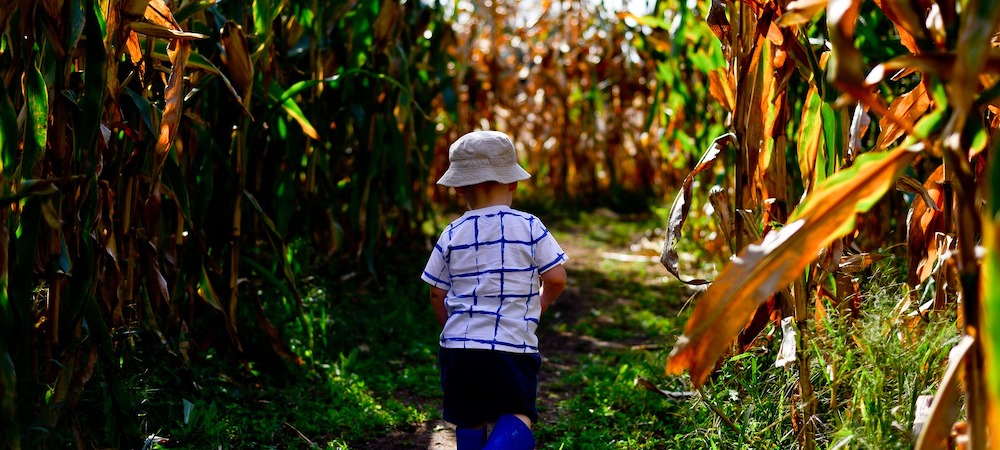After a record-setting hot summer in many states, many people are looking forward to the fall season and all the outdoor activities that come with the change of seasons. One activity that many people enjoy each year is walking through corn mazes.
The thrill of searching for the exit of an acres-wide intricate maze made of corn stalks is not only for young adults, it’s also a family friendly activity.
Mazes have a historical significance- from ancient Greek and Roman times, there have been mazes made with all sorts of materials from pebbles to hedges. Buzzitt.com details the history of mazes and how they have developed over the years.
“Mazes and labyrinths have been around for thousands of years, including during the time of the Greeks and the Romans. Mazes and maze-like patterns, especially in Ancient Rome, could be seen in artwork, homes, flooring, the streets, and then eventually in more architecture, cathedrals, and gardens throughout Europe. Some of the most famous examples of mazes in the 17th century were King Louis XIV’s palace in Versailles and the gardens at the Hampton Court Palace in England. By the 18th century, hedge mazes had become more popular in England, and this fad eventually diffused to the United States, where it took the form of the corn maze. One of the differences between modern corn mazes and hedge mazes is that the once-popular hedge mazes usually followed a geometric pattern with angles and shapes, and corn mazes today are often cut into a shape recognizable from a bird’s eye view.”

The first corn maze, though, was though to be created in the early 1990s. According to buzzitt.com, “The very first corn maze was created by Don Frantz and Adrian Fischer just twenty-six years ago in 1993. Even though today corn mazes can spread over dozens of acres and miles of pathway winding through the corn, this first corn maze was made on just 3 acres of land and the length of the paths in the maze totaled 1.92 miles. This corn maze, located in Pennsylvania, was given the honor of the World’s Largest Corn Maze by Guinness Book of World Records, but it was quickly outdone and the record now belongs to a corn maze in Dixon, California, which spans an impressive 60 acres.”
Farmers will begin planting in the spring and can use modern technology to accurately design an extravagant pattern of corn in an intricate maze. Once the season is over, and the mazes are closed, the corn is fed to livestock and the corn stalks left are worked into the soil to add more organic matter.
Farmflavor.com has a list of corn mazes across the country that people can visit, and cornmazesandmore.org lists all corn mazes in California by region.







